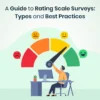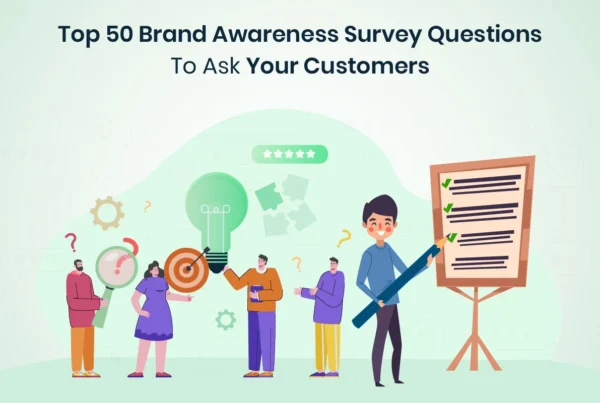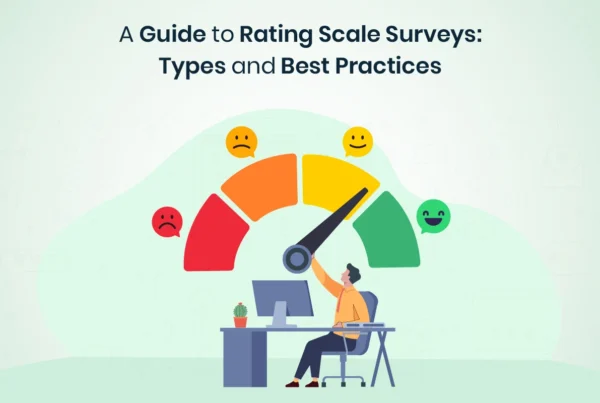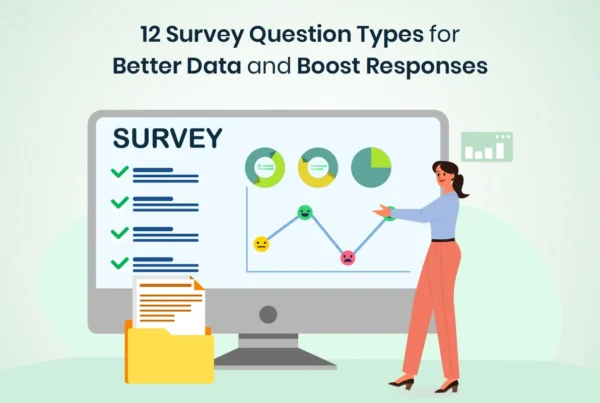One of the main concerns for colleges and universities is student retention. Students at colleges and universities depart before completing their degrees for a variety of reasons. Pupils bring a lot of expectations to school. Expectations about their social lives and the people they will meet, about their classes and the lessons they will learn, about the obstacles they will confront and the ways in which they will succeed. Students are inclined to depart if their expectations are not fulfilled.
“If institutions can meet and exceed these expectations, students will remain engaged and positive,” says Sarah Todd of Griffin University. Additionally, according to Todd, “positive and engaged students are more likely to pursue their academic goals, make better academic progress, and think about continuing their education after graduation or later as their careers develop—all of which contribute to student retention.”
In order to increase overall student retention rates at universities and colleges, we will examine several engagement tactics in this article along with ways to increase student retention rates.
What is Student Retention and Why is it Important?
Student Retention
“The percentage of students who are still attending their courses once enrolled” is known as student retention.
The practice of keeping students enrolled in colleges, community colleges, or other higher education institutions is known as retention in higher education.
It’s an essential component of higher education since graduation rates indicate how well a school is serving its students. Institutions compute the student retention rate based on the number of students who re-enroll from year to year.
Enhance student retention with piHappiness tips!❤️
Discover how small changes can make a big impact
The term “student retention” describes all initiatives the institution takes to influence this percentage and keep students from dropping out before earning their degree.
All across the world, many students leave school before earning their degree. About 25% of students who entered public universities in the autumn of 2020 did not return for a second year, according to research from the National Student Clearinghouse.
Higher education institutions must determine the cause of the high dropout rate with the help of a student feedback app and the effects it has on their institutions given the high incidence of student attrition. All tactics for generating leads in higher education are useless if the solution to this problem is not investigated!
Why is Student Retention Important?
Higher education institutions are impacted by student retention, especially when it comes to enrollment revenue. It guarantees a consistent yearly inflow of funds into the school via tuition fee payments. An essential component of universities is the admissions funnel, which controls the flow of applicants from initial inquiry until enrollment.
In addition to the monetary benefits, student retention is a positive sign of success and stability that benefits staff members and prospective and enrolled students.
Therefore, educational establishments ought to take note of this important metric and work to raise their school’s retention rate. To increase a school’s student retention rate, greater thought must be given to retention strategies.
6 Strategies to Improve Student Retention
These 5 tried-and-true strategies will help increase student retention and maintain college students’ involvement and support in your local community.
Explain How You See Student Success
Describe how you see student success. When kids are aware of what is expected of them, it is much easier for them to relate to and strive toward goals. When they are unsure of how to accomplish vague objectives and are not aware of the tools available to them, some students may lose hope. It is also more difficult to gauge performance and maximize program efficacy when there are no goals in place.
Creating and sharing clear expectations for academic performance, together with providing resources and encouraging programs, is a good way to boost graduation rates and get students ready for their future employment. Establish and communicate expectations, break down goals into manageable steps to encourage achievement, and provide many opportunities for success to help children develop positive habits.
Engage and Connect Frequently and Early
Create orientation programs for new students that include virtual elements that are sustainable, interesting, and easy to access throughout the onboarding process and finally take student feedback. Assist students in establishing crucial connections and bonds with faculty, staff, advisers, and other students even before they arrive on campus—during the admissions, acceptance, and orientation processes, among other stages!
This is a great chance for at-risk and non-traditional students to become well-versed in school resources and academic standards and to begin forging close relationships with other students in the campus community.
Develop Bonds with Faculty, Staff, and Advisors
A professor or advisor’s support and guidance can make the difference between a student learning how to overcome obstacles and giving up and dropping out. Many students do not ask for help from staff or faculty members when they need it, or they don’t know who to ask. This can make them feel alone.
Provide students with access to a robust mentoring program where they can acquire valuable life skills and learn when and how to ask questions, enabling them to readily seek assistance when required.
Boost academic advising resources by leveraging technology like student satisfaction survey software: Make it simple for students to get in touch with advisors, teachers, and other crucial support personnel so they may schedule a meeting and learn about the resources that are available.
Use Data to Track Warning Signs
In order to address low college student retention rates, it is helpful to gather data on important signs of struggling students by doing an education survey (e.g., poor attendance or not obtaining enough credits on time). This can help you determine which students are most likely to drop out of college.
Keep an eye out for warning indicators, set up automated alerts based on behavioral triggers that will let you know how persistent a student is, and use tags or account types to target specific students in your engagement platform with retention efforts (e.g., first generation, second year, transfer, academic probation).
Use communication tools to follow up and check in with students who may need them. You can use email marketing software that tracks who opens and clicks on your emails, send push notifications to remind and check in with students, use a community feed to facilitate resource sharing and discussions, and assign checklists of tasks to students to help them on their way to success.
Put the Intervention Process into Practice
Retaining students requires early intervention. Teachers, staff, and families can collaborate to assist children in making positive changes once at-risk students have been identified. One of the most effective strategies to raise student retention is to create an ongoing evaluation and intervention plan to identify these students and provide them with more services and support.
In order to provide students with timely and proactive outreach in the event that they encounter academic, personal, financial, or social challenges, academic advisors and faculty members can employ engagement data analytics strategies. These strategies involve informing students about school resources and workshops that can be tailored to their individual needs.
Create a Sense of Community and Belonging
Large school settings often result in kids getting lost rather than finding their way. As a result, as part of your plan to raise graduation rates, it’s imperative that you concentrate on individualized instruction, creating a campus community, and fostering a feeling of belonging for all students—especially those who are at danger of dropping out. Building community within and outside of the classroom aids in students’ development of a strong support system and encourages effective study techniques that enhance academic achievement.
Some students may find it difficult to establish and maintain community in the COVID world, where they are juggling a combination of virtual events and online coursework. Numerous universities, community colleges, and colleges are aware that disconnected students may drop out of school due to feelings of loneliness and isolation, therefore they are developing marketing campaigns and supportive initiatives that are especially meant to foster a sense of belonging.
Conclusion
Colleges and universities need to meet students where they are to keep them competitive. Institutions can do this through providing more resources for students and combining comprehensive advising with ongoing, proactive, and customized experiences. No matter how overwhelmed or stressed out they may be, students feel supported when they have access to the tools they need from anywhere. Students who receive support are more likely to finish their degrees and have a positive university experience, which eventually raises retention rates.








